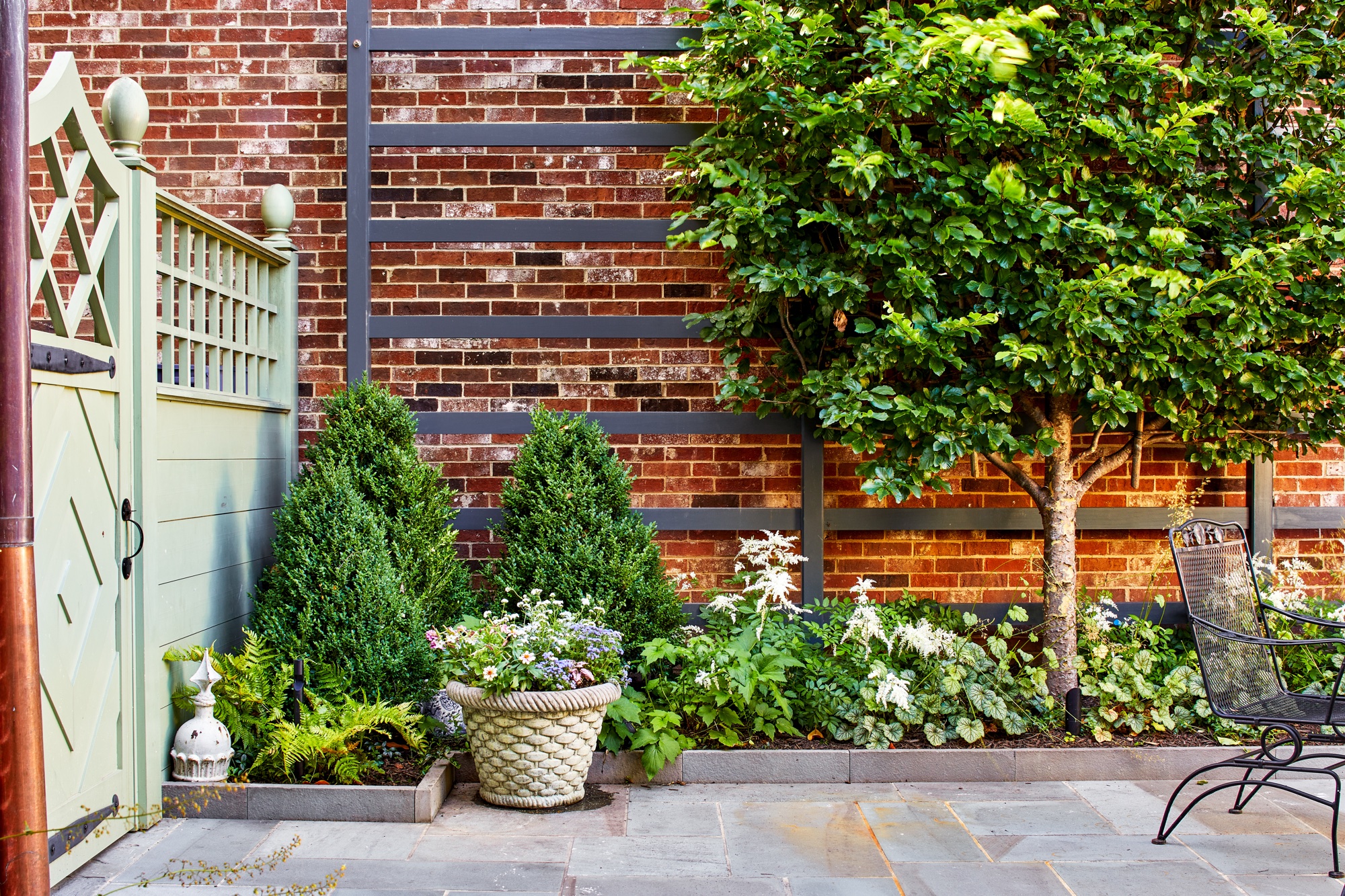
If your backyard greenery is struggling to survive, it might be time to learn how to transplant and move garden plants to a different location that offers a better aspect.
Better light isn't the only reason you may want to move your garden plants around your backyard, however.
'There are a multitude of reasons why you might want to move plants around in the garden,' says landscape architect Amber Freda. 'This could be everything from needing a change of sunlight or different moisture needs to aesthetic decisions about how certain plants will look together in the space. It may even simply be the need to reorganize things in a way that makes better sense than before.'
Discover how to go about the process with our expert tips below.
How to transplant and move garden plants
If you want to give a garden border a design change, or give your vegetable garden a better place to live, you may want to think about moving plants.
'One of the most common reasons for transplanting garden plants is to provide them with a more ideal growing location,' says Andrew Gaumond, horticulturist and editorial director at Petal Republic.
'This could be moving to an aspect of your garden with better light exposure, an area with better drainage, or one that has more space for the plant to grow and thrive.'
He adds: 'Additionally, transplanting can be necessary if you're looking to alter plant groupings, locate near more appropriate companion plants, or change the overall aesthetic or design of your garden layout.'
See our step-by-step guide on how to transplant and move garden plants below.
1. Give your plant a prune
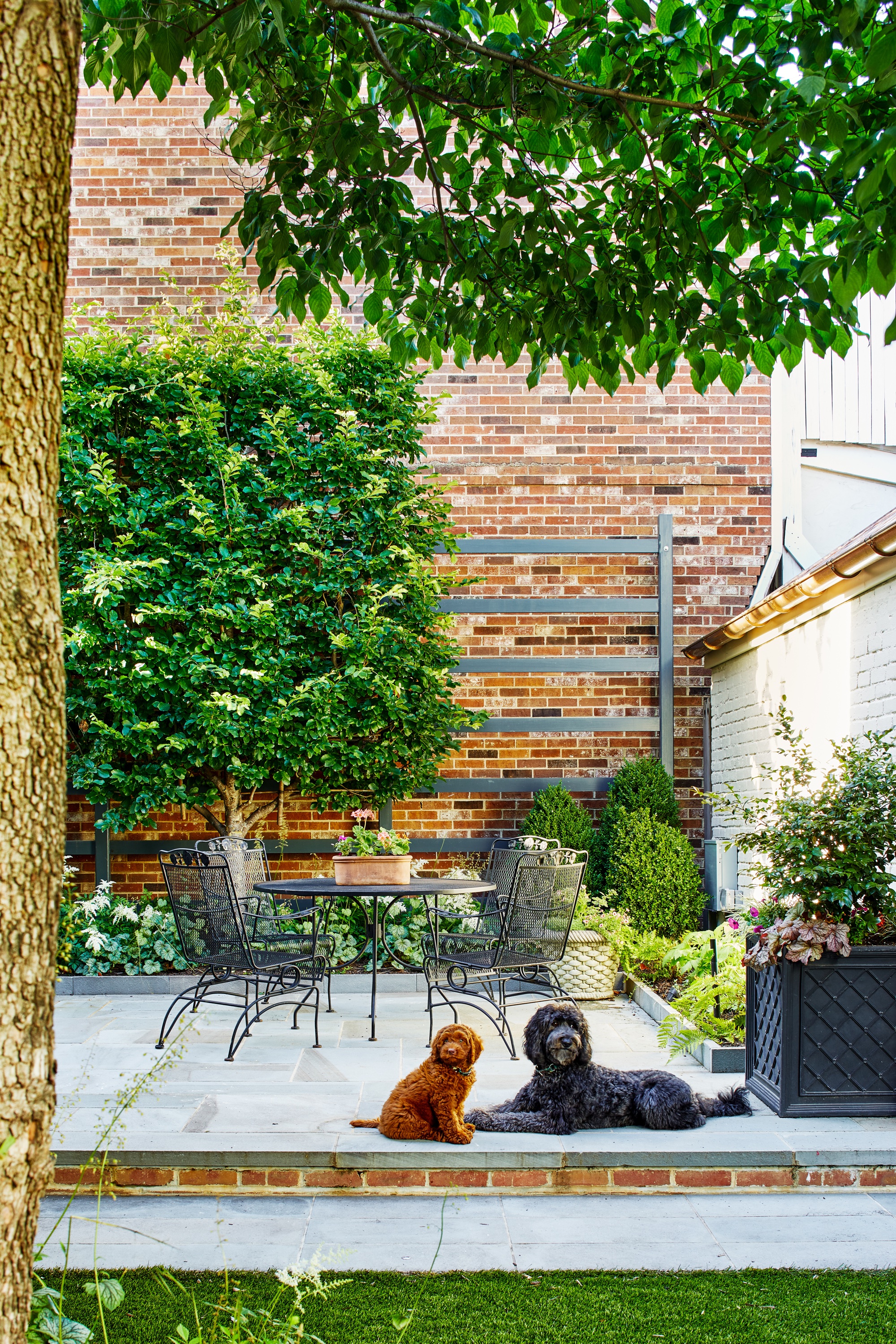
To give your plant the best chance of recovering quickly, it's best to cut the respective plant back to half its original size before you move it, suggests Andrew.
Amber Freda agrees, adding: 'For plants with very large or flopping foliage, pruning them back a bit can help reduce stress on the plants by having less foliage to support for a while.'
2. Dig a new hole
Before uprooting your plant, it's best to be prepared and dig the new hole the plant is being moved to first.
Andrew says: 'Start by digging a new hole in your chosen location that's at least 15 to 20% larger than the root system of the plant you're looking to transplant (this may require digging down several feet).
'Layer the newly dug hole with a mix of organic matter and compost to provide a nutrient-rich base to place the plant.'
3. Dig up your existing plant
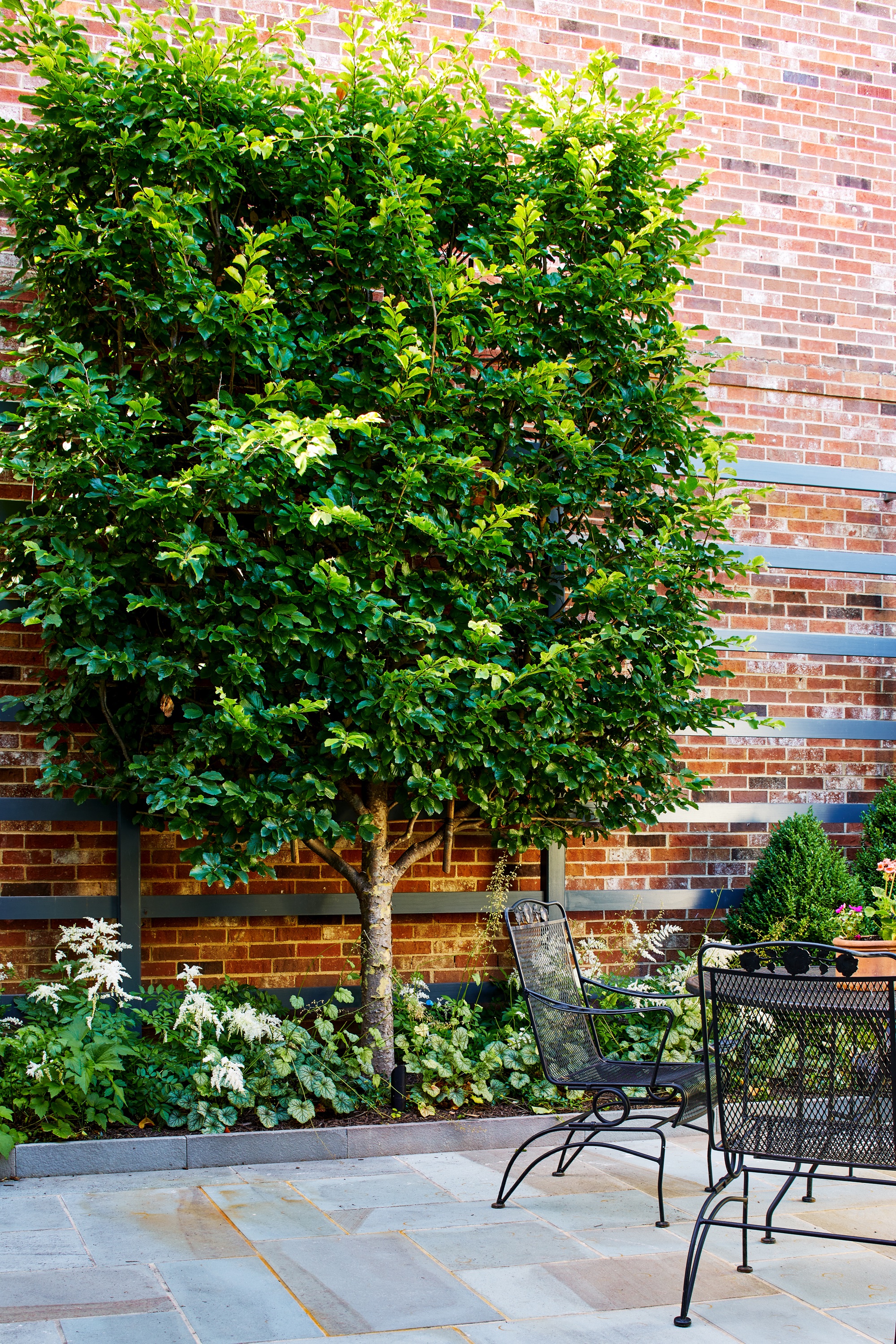
'Carefully dig up your existing plant paying particular care to protect as much of the existing root system as possible,' says Andrew.
Amber Freda suggests using trowels and contractor bags to move the plants.
'My team usually uses trowels with a built-in saw edge to move small plants, a root saw to move medium-sized plants, and an electric saw to remove larger plants or heavily rooted plants like bamboo.
'We try to cut out as much of the root mass as possible with each plants, being careful not to sever long tap roots, which can instantly kill a plant.'
She continues: 'We usually move the plants into contractor bags to carry them to their location, and will sometimes put the bags onto hand carts for larger, heavier plants.'
4. Consider the depth of the new planting location
Getting the depth of the new planting position right can be key to its subsequent growing success.
'When you relocate your plant to its new home, aim to position the plant's crown approximately two to three inches below the surface of the soil,' advises Andrew.
Amber Freda adds: 'You will generally want to plant the transplants at the same depth as before, to prevent suffocating the roots by planting too deep, or drying out from planting too high and exposing the roots to the sun.'
A good trick for knowing how deep it was originally planted is to put a little mark on the stem with a pen.
Once the plant is in its new home, 'fill in with fresh soil and a mix of compost, pressing down with your hands to remove any air pockets', says Andrew.
5. Water the transplanted plants
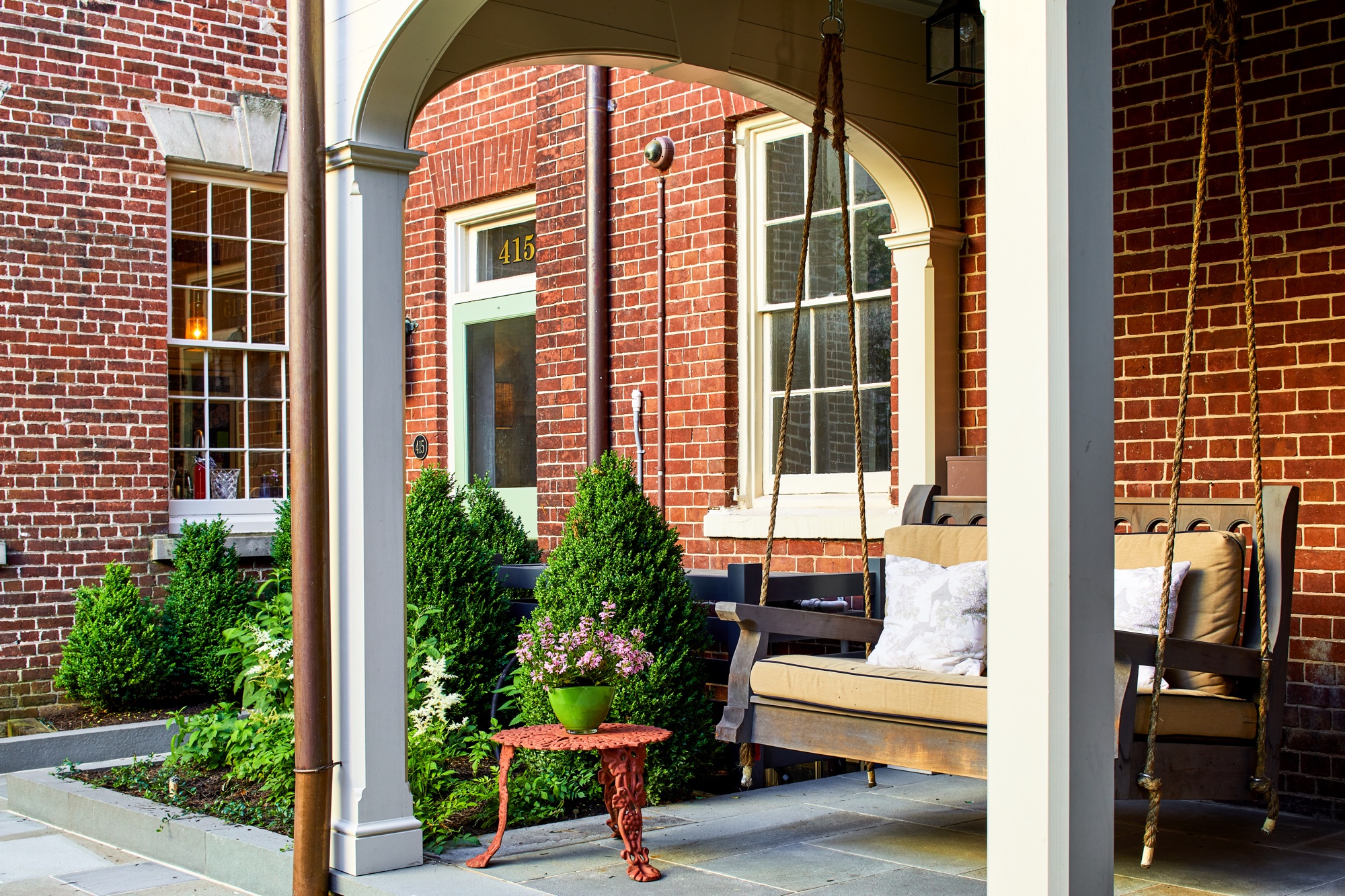
When your plant is in position, give it a generous watering straight away.
Amber says: 'As soon as the plants have been transplanted into their new homes, water them in to help prevent transplant shock from occurring.
'Make sure to establish a regular daily watering schedule, preferably on an irrigation system, for at least the first month.'
6. Hold off on fertilizer
'It’s best to wait at least a month before fertilizing transplants,' explains Amber. 'Fertilizer itself can push the plants to grow at a time when they should be conserving energy and developing new root strength instead.'
Andrew Gaumond concurs, suggesting to wait at least four months before using fertilizer.
He says: 'It's best to hold off fertilizing until the plant has had a chance to naturally adapt to its new home - at least four to six months, as the additional nutritional hit can be counterproductive.'
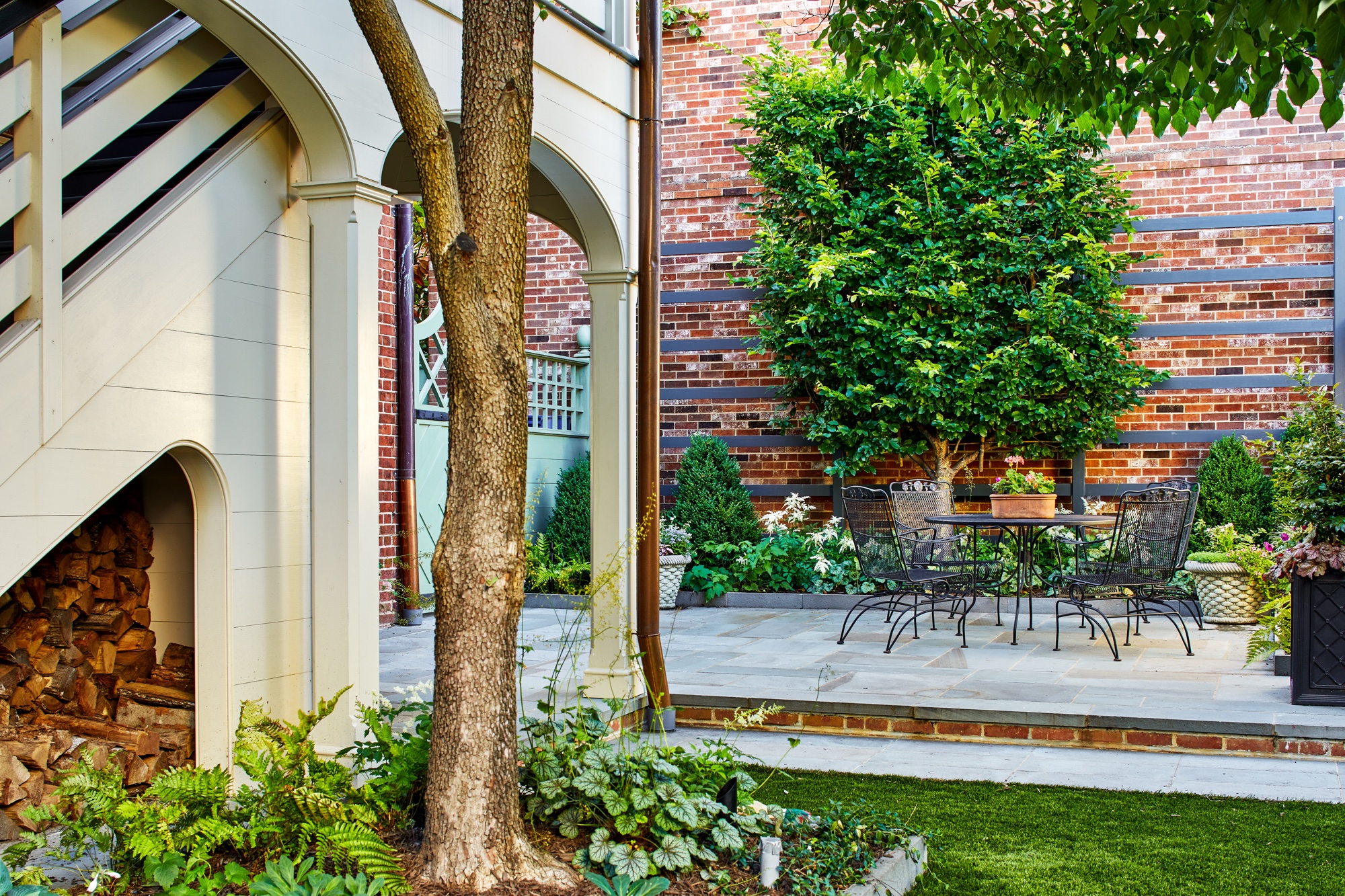
When is the best time to move garden plants?
For most plants, late fall or early spring is the best time of year to consider transplanting.
Andrew says: 'In early spring, they typically emerge from a natural period of dormancy over winter and are ready for new growth and development over the weeks and months ahead.
'I recommend transplanting on a cool and overcast day where possible, to minimize stress on the plant.'
'It will cause less stress to the plants if you can move them when the temperatures are cool and there is a good amount of rain, which tends to occur more in the spring or fall,' agrees Amber.







